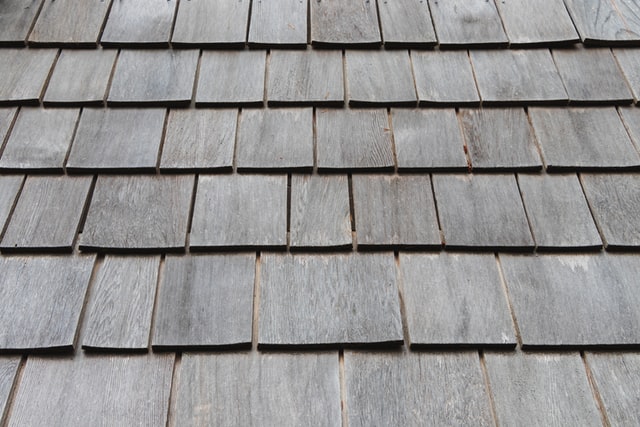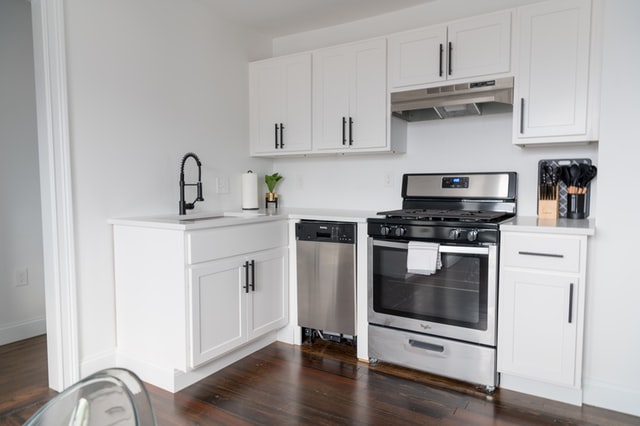Home Inspection 101
Sell Your
House Fast
-
Quick & Easy Cash Offer
-
No Agent = No Fees
-
No Expensive Repairs
-
We’ll Take It As-Is
You have probably heard that you need a home inspection to sell your home. But what is it and what is involved in the process? Why is it necessary? Here, we discuss the basics of home inspections.
What is a home inspection?
A home inspection is an examination of a property. In general, it involves the inspection and assessment of the condition of the property and its components such as heating and cooling, electrical, plumbing, etc. It is not to be confused with a home appraisal, which is used to determine the value of a property when applying for a mortgage.
Why do I need a home inspection?
The purpose of a home inspection is to give you an unbiased, third-party report so you can make an informed decision on the purchase. Depending on the result of the inspection, the buyer may decide to proceed with the sale, schedule an additional inspection, request repairs, or even cancel the contract.
When do I need a home inspection?
A home inspection is necessary during a home sale. A “buyer’s inspection” is arranged and paid for by the buyer and is scheduled after he or she has made an offer on the property before closing the deal. On the other hand, a “seller’s inspection” or a “pre-listing inspection” is scheduled by the seller before the property is put on the market.
Who does the inspection?
Only a qualified home inspector should conduct the home inspection. In general, the party who scheduled the inspection should also be present during the inspection.
What is included in the home inspection?
Home inspectors are primarily going to check for issues that pose safety risks and items that are not functioning properly or are at the end of their service life. Therefore, cosmetic issues such as peeling paint or wallpaper may not be recorded.
Each state may have different rules and regulations, but according to the American Society of Home Inspectors, the following components are checked during a home inspection:
- Structural system
- foundation
- framing
- Exterior
- wall coverings, flashing, and trim
- exterior doors
- attached and adjacent decks, balconies, stoops, steps, porches, and their associated railings
- eaves, soffits, and fascias where accessible from the ground level
- vegetation, grading, surface drainage, and retaining walls that are likely to adversely affect the building
- adjacent and entryway walkways, patios, and driveways
- Roof system
- roofing materials
- roof drainage systems
- flashing
- skylights, chimneys, and roof penetrations

- Plumbing system
- interior water supply and distribution systems including fixtures and faucets
- interior drain, waste, and vent systems including fixtures
- water heating equipment and hot water supply systems
- vent systems, flues, and chimneys
- fuel storage and fuel distribution systems
- sewage ejectors, sump pumps, and related piping
- Electrical system
- service drop
- service entrance conductors, cables, and raceways
- service equipment and main disconnects
- service grounding
- interior components of service panels and subpanels
- conductors.
- overcurrent protection devices
- a representative number of installed lighting fixtures, switches, and receptacles
- ground fault circuit interrupters and arc fault circuit interrupters
- hHeating system
- installed heating equipment
- vent systems, flues, and chimneys
- distribution systems
- Air conditioning system
- central and permanently installed cooling equipment
- distribution systems
- Interior
- walls, ceilings, and floors
- steps, stairways, and railings
- countertops and a representative number of installed cabinets
- a representative number of doors and windows
- garage vehicle doors and garage vehicle door operators
- installed ovens, ranges, surface cooking appliances, microwave ovens, dishwashing machines, and food waste grinders by using normal operating controls to activate the primary function

- Insulation and Ventilation
- insulation and vapor retarders in unfinished spaces
- ventilation of attics and foundation areas
- kitchen, bathroom, laundry, and similar exhaust systems
- clothes dryer exhaust systems
- Fireplaces
- fuel-burning fireplaces, stoves, and fireplace inserts
- fuel-burning accessories installed in fireplaces
- chimneys and vent systems
There are also items that the inspector will need to describe and may not inspect according to the American Society of Home Inspectors’ Standard of Practice.
The inspector will then provide a written report indicating what components are not functioning properly, significantly deficient, unsafe, or are near the end of their service lives. They are also to make recommendations to correct or monitor for future correction.
Is home inspection optional?
Yes, a home inspection is optional, but it’s highly recommended that you do not skip it. It’s necessary to discover and reveal issues that could be dangerous or that need immediate repair. It also gives you a chance to forecast future costs or, if you are the buyer, back out of the contract.
A home inspection may be necessary for selling your home, but it may also cost you hundreds of dollars. If you urgently need to sell your home without the hassle of scheduling a home inspection, We Buy Any House Fast can help you. No matter the condition of your home, we have a quick, hassle-free solution. Talk to our expert real estate professionals to sell your house in 3 easy steps today at 800-976-SOLD or get your cash offer at https://www.webuyanyhousefast.com/!

